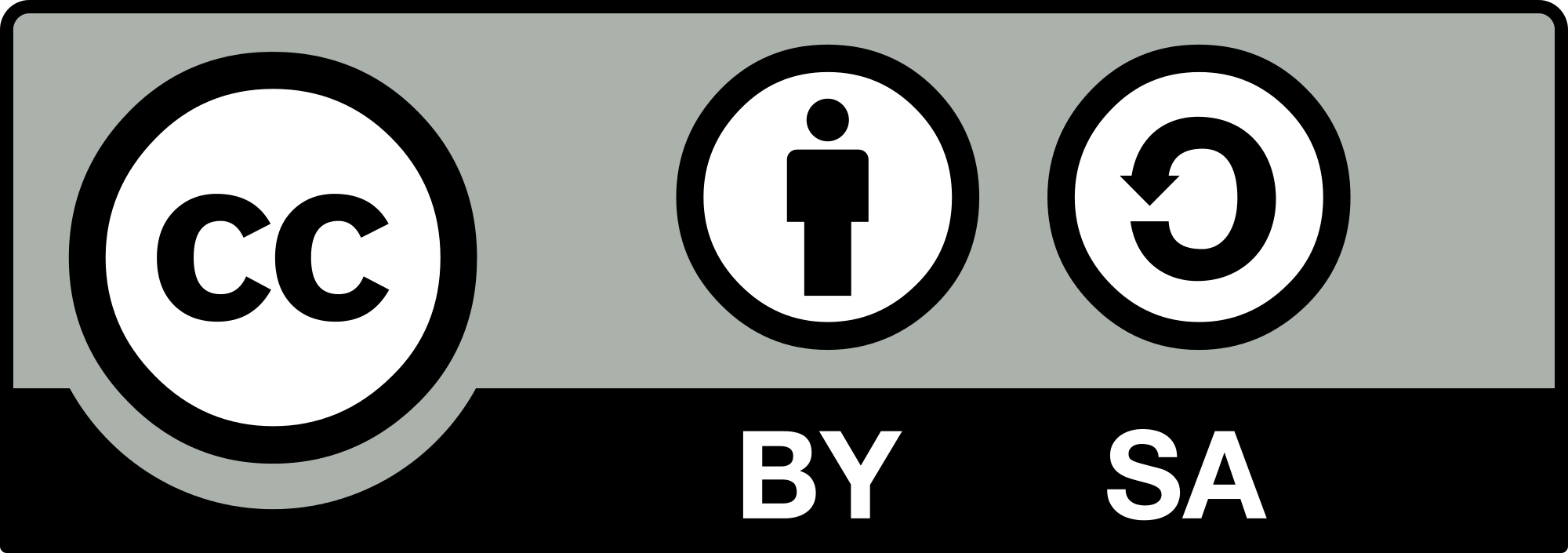Prompt Engineering: The CLEAR Framework
CLEAR framework by Lo, LS.(2023) for prompt engineering comprises of five core principles namely:
Concise, Logical, Explicit, Adaptive, and Reflective (CLEAR).
This framework is designed to optimize interactions with generative AI language models, thereby improving the efficiency of AI-generated content.
Educators could integrate the CLEAR Framework into their curriculum to empower students with critical thinking skills and to facilitate their adaptation to the rapidly evolving AI landscape in higher.

CLEAR framework’s five components
Concise
The first principle emphasizes the importance of conciseness. A concise prompt eliminates unnecessary information, allowing AI models to focus on the key aspects of the task, resulting in more precise and relevant responses.
Example(s)
“Can you provide me with the explanation of personalized medicine with applications in stem cell therapy?
“Explain personalized medicine in stem cell therapy?”
Logical
Logical prompts ensure a natural progression and clear relationships between concepts. A logically structured prompt enables AI models to better understand the context, resulting in more accurate and coherent responses.
Example(s)
“Assume you’re an expert and seasoned scholar with 20+ years of academic experience in [field]. Provide an engaging title of a review paper on [topic] in [field].”
Explicit
Explicit prompts provide precise instructions regarding the desired output format, content, or scope, reducing the likelihood of irrelevant responses.
Example(s)
“What are some renewable energy sources?”
“Identify five renewable energy sources and explain how each works.”
Adaptive
Adaptive prompts highlight the need for flexibility. Experimenting with various prompt formulations and adjusting based on AI model performance ensures a balance between creativity and focus.
Example(s)
“Provide a professional summary drawn from review of published articles in [field].”
“Assume you’re an expert and seasoned scholar with 20+ years of academic experience in [field]. Provide a professional summary drawn from review of published articles from 1994-2024 in [field]. Maintain a concise and professional tone throughout.”
Reflective
Reflective prompts emphasize the importance of continuous evaluation. By assessing AI-generated content and using feedback to refine future prompts, users can continually enhance their prompt engineering techniques.
Example(s)
“After receiving AI-generated content on the benefits of a plant-based diet, evaluate its accuracy and relevance. Use the insights to refine future prompts.”
“After obtaining a list of strategies for effective time management, assess the applicability of each strategy and tailor future prompts accordingly.”
Reference
Lo, L. S. (2023). The CLEAR path: A framework for enhancing information literacy through prompt engineering. The Journal of Academic Librarianship, 49(4), 102720.
Creative Commons License

Artificial Intelligence in Higher Education © 2025 by Dr. Tranum Kaur, Ayah Malouhi, and Tasfia Tahiat is licensed under CC BY-SA 4.0

